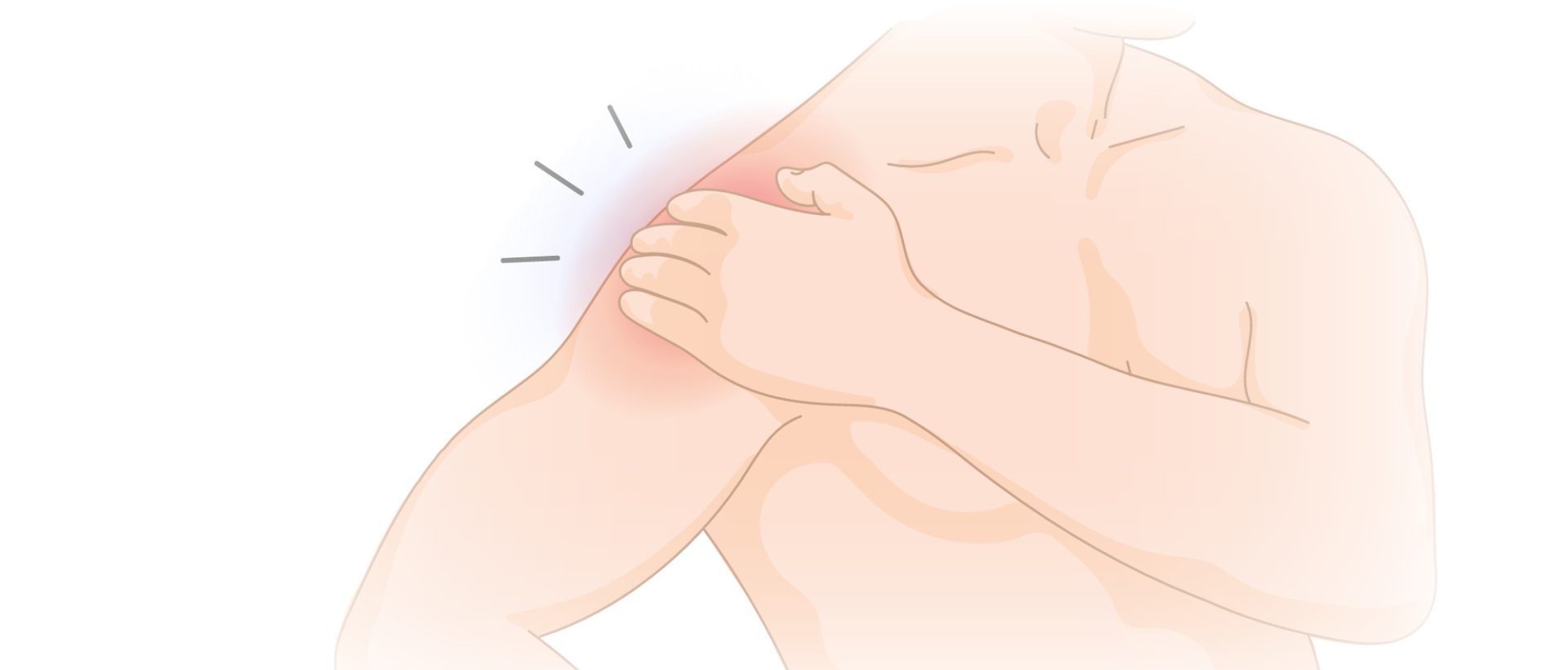Shoulder arthritis is a condition that affects the shoulder joint, often leading to pain, stiffness, and reduced range of motion. It is characterized by a reduction in cartilage in the shoulder joint, which can result from factors such as aging, wear and tear, or underlying conditions like osteoarthritis or rheumatoid arthritis.
The management of shoulder arthritis typically involves a comprehensive approach to alleviate pain, improve function, and enhance the individual’s quality of life. Physiotherapy is an integral part of the treatment plan and focuses on addressing pain relief, restoring range of motion, strengthening the shoulder muscles, and improving functional abilities.
By following the 5 stages of rehab, individuals with this condition can reduce pain, improve shoulder strength and range of motion, and regain upper limb function.
- Pain management: The initial focus is on reducing pain and inflammation in the shoulder joint. Physiotherapists employ modalities such as manual therapy, gentle exercises and activity modification to alleviate pain and promote recovery.
- Range of motion: Once pain is under control, the emphasis shifts to improving shoulder mobility and range of motion. Physiotherapists use techniques such as passive range of motion exercises, joint mobilizations, and gentle stretching to increase the flexibility of the shoulder joint.
- Motor control – rehabilitation focuses on learning to control where and how movement occurs in the upper limb. Improving control through the shoulder and surrounding joints can optimise load distribution, increasing function of the upper limb and allowing further strengthening to occur.
- Strengthening exercises: Strengthening the muscles around the shoulder joint is crucial for improving stability, reducing joint stress, and enhancing functional abilities. Range Physiotherapists prescribe specific exercises that target the rotator cuff muscles, deltoids, and scapular stabilizers. Resistance training using bands, weights, or bodyweight is commonly employed to improve muscle strength and endurance.
- Maintenance: The final stage focuses on maintaining the gains achieved throughout the rehabilitation process and preventing/slowing progression of arthritis related symptoms. Range Physiotherapists will provide guidance on maintaining an appropriate exercise program, incorporating regular stretching and strengthening exercises into daily routines. They may also advise individuals on proper posture, body mechanics, and modifications for activities that may place stress on the shoulder joint.
In addition to physiotherapy, other treatment options for shoulder arthritis may include medication to manage pain and inflammation, corticosteroid injections to provide temporary relief, and in some cases, surgical interventions such as joint replacement surgery.
It’s important to work closely with a physiotherapist who can tailor the treatment plan according to the individual’s specific needs, limitations, and goals. Range Physios will monitor progress, make necessary adjustments to the rehabilitation program, and provide ongoing support and guidance throughout the treatment process.
While shoulder arthritis is a chronic condition, with the right management and commitment to treatment, individuals can experience significant improvements in pain reduction, increased shoulder mobility, and enhanced functional abilities. Physiotherapy plays a vital role in maximizing the individual’s quality of life and helping them regain control over their shoulder health.
For more information regarding shoulder arthritis please visit:
https://www.betterhealth.vic.gov.au/health/conditionsandtreatments/Shoulder-pain


